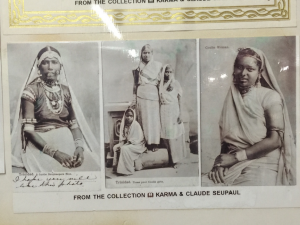As I was reading the news today, I came across an article with a disturbing title. “A probe into the past exposes National Geographic’s racist content.” A study done by a history professor at the University of Virginia discovered the racist behavior in National Geographic’s past. As I continued to read, the author gave examples of some of the evidence the study unearthed. “A 1916 edition, for example, featured two Aboriginal people with a caption that read, ‘South Australian Blackfellows: These savages rank lowest in intelligence of all human beings'” (Dzhanova). We recently learned about Aboriginal people and how they were regarded as “children of the forest” and viewed as a wild people, and being considered “savages.” This also goes back to the beginning of the class when we learned about how early scientists attempted to use race to determine intelligence or social capacity and to distinguish which races were “superior.” National Geographic’s use of stereotypes and their tendency to portray people of color as laborers has given their once impeccable name a permanent mark. As this information comes to light, and in an attempt to make up for the century of discrimination, each issue of National Geographic this year will be part of a series on racial, ethnic and religious groups, this time portraying them correctly.
https://www.nbcnews.com/news/us-news/probe-past-exposes-national-geographic-s-racist-content-n857746

Recent Comments